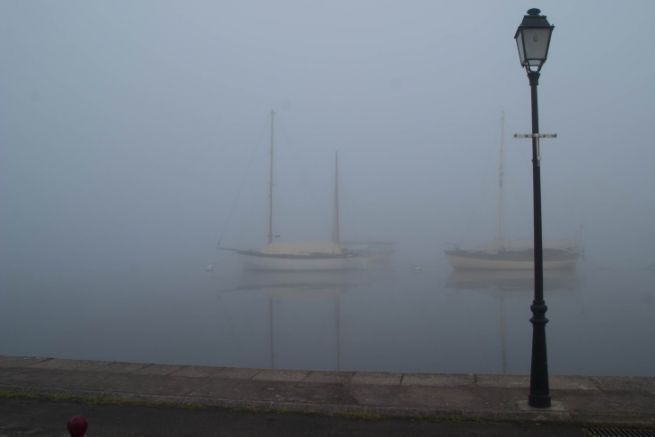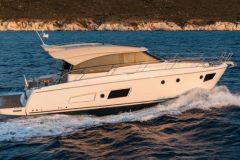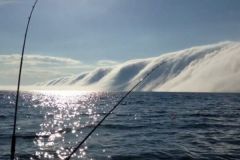On board, the boaters have ultramodern elements - GPS, Satellite, AIS, Radar, Beacons, etc. But for safety in case of failure ( fire, loss of machinery, loss of energy ) and to suit everyone, the legislation also imposes more rudimentary ones. This is, in particular, the case of sound signals.
These signals are, like the lights, standardized and normalized in their frequency, in their range and in their use on board.
Frequency and range rules
Most often, audible signaling will be used when the horizon is " clogged ". Rain or fog makes the air moist and changes the propagation of sound.
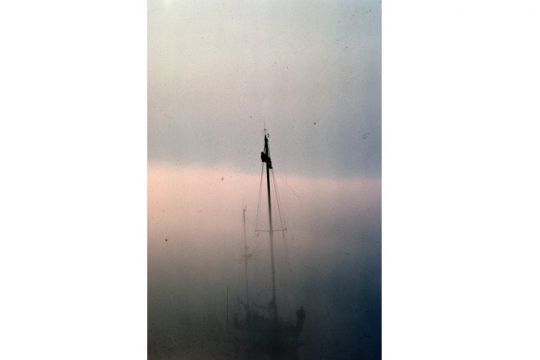
The physical principle is that the faster sound propagates, the lower the density of the medium and its compressibility. In other words, dry air, lighter than humid air, will propagate sound better. Moreover, water being incompressible, it is a poor conductor of sound. The choice of frequencies used takes this into account for a good diffusion. The more humid the environment, the less high frequencies are transmitted.
The second use of frequency variation is to make it possible to identify the type of vessel, or at least its dimensions. The longer a ship is, the more wander it has and the more complicated it will be to change its course.
- A boat of less than 75 meters in length shall use a whistle with a fundamental frequency between 250 Hertz and 700 Hertz.
- A boat with a length of more than 75 meters and less than 200 meters will emit sounds on a frequency between 130 Hertz and 350 Hertz.
- A boat of more than 200 meters will generate a sound between 70 Hertz and 200 Hertz.
The choice is made to adapt to the human ear, whose bandwidth is limited ( 100 Hertz to 3,000 Hertz on average ). The lower the frequency, the lower the sound, as we all know from the foghorn of a container ship, which is much lower pitched than that of a small pleasure boat.

The theoretical range of these sound emissions is fixed by regulating the sound pressure (in decibel), at a distance of one meter from the sound source and in the axis of its transmission.
The following rules are defined in the RIPAM:
- Vessels measuring more than 200 meters will theoretically carry 2 Nm with a sound pressure of 143 decibels.
- Vessels measuring between 75 and 200 meters will be audible at 1.5 Nm with a sound pressure of 13 decibels.
- Finally, boats of 20 meters and less will be audible at 0.5 Nm with a sound pressure varying between 111 and 120 decibels depending on the fundamental frequency.
Although particularly theoretical, these figures are those taken into account, for example, for the foghorns that equip all pleasure boats. Or the buoys which, at sea, are signaled by sound indications.
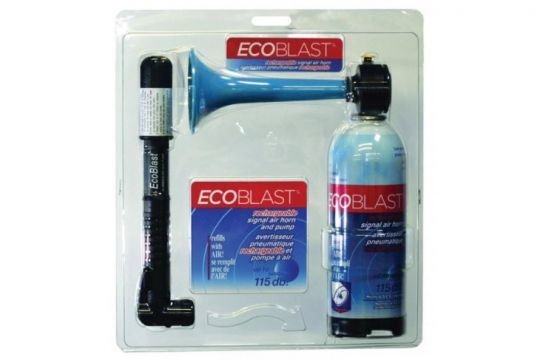
When the sound transmitter is a bell or gong, the sound pressure must be at least 110 decibels.
The RIPAM as a reference for the transmission as well as the reception of messages
In his part D, rule 35 rIPAM ( International Regulations for the Prevention of Accidents at Sea, COLREG in English ) defines the principles, rules and obligations that apply to each type of vessel when at sea, particularly when in reduced visibility. The Part D, Rule 34 stipulates the language - the signals - to adopt when two boats see each other.
This is one of the reasons why boaters are required to have this document on board when sailing, as there are few effective mnemonic devices for remembering all the codes in question.
Which signal for which message?
Here again, the way of passing the message ( number, frequencyeuros ) is codified and it is important, if not to know it, to know how to refer to it in a case of reduced visibility. Remember that at sea, this sudden loss of visibility can occur quickly, without warning. It can last several hours.
It is not only important to know how to emit these signals, but also - and more importantly - to know how to listen to them. For this reason, in case of loss of visibility, all the parasite noises ( music, discussioneuros) should be kept to a minimum.
Depending on the media used ( bell, foghorn, gong, firecracker. ) the notion of " length "of the signal ( short or brief sound ) as well as its repetition will have to be adapted.
Thus, a short sound ( a second ) to the foghorn will be replaced by a short bell call ( of a second one too ) and a long sound ( four to six seconds ) will be replaced by a volley of rapid blows on a gong. The principle is, like Morse code, that the difference between the dot " . "and the line " - "is meaningful and unambiguous.
- - a short sound. I'm coming on starboard (mnemonic trick: 1 short, 1 B in starboard).
- - - two short sounds. I'm coming to port (mnemonic trick: 2 short, 2 Bs in port).
- - - - three short sounds. I beat back (I move backwards).
- -- -- - two long sounds followed by a short sound. I intend to catch you on your starboard side (mnemonic trick: 1 short, 1 B in starboard).
- -- -- - - two long sounds followed by two short sounds. I intend to catch up with you on your port side (mnemonic trick: 2 short, 2 Bs in port).
- -- - -- - a long sound, a short sound, a long sound, a short sound. Affirmative answer of the caught boat.
- - - - - - : At least 5 short sounds. "I have a doubt about your maneuver".
- -- : A long sound. In a bend or a turn, to signal you.
A fortiori, when visibility is reduced (squalls, fog...) these "on sight" signals are completed by a "blind" signal:
In all cases, a mechanically propelled vessel that is under way must, at least every two minutes, signal by emitting a prolonged sound ( -- ). If it is not on course, the same vessel must signal by two prolonged sounds separated by about two seconds ( -- euros ).
A sailboat or a vessel towing another must make three consecutive sounds, namely one long sound followed by two short sounds ( -- - - ) at least once every two minutes.
A towed vessel, after the signals are emitted by its tug, must emit four consecutive sounds, namely a prolonged sound followed by three short sounds ( -- - - - ).
When anchored in an area not intended for use, a vessel must signal by emitting three consecutive sounds, namely a short sound followed by a long sound and a short sound ( -- - - ).
Some exceptions for small boats
Boaters on small boats ( between 12 and 20 meters ) and are not fishing or in a position to tow or be towed may be limited to a long tone ( -- ) at least every two minutes.
Smaller boats ( less than 12 meters ) have as only obligation the emission of an effective sound signal at least every two minutes.
Article edited on March 21, 2022 at 9:40 am (clarifications rules 34 and 35)
